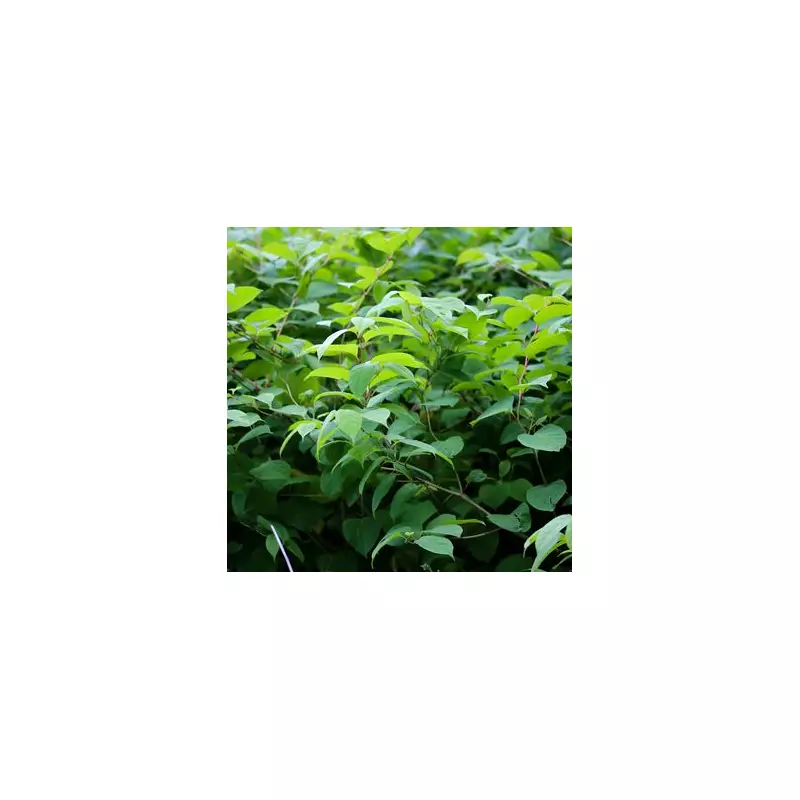
British gardeners are facing an invisible threat that could be lurking in their own backyards - Japanese knotweed. This aggressive invader isn't just another weed; it's a property-wrecking force of nature that costs the UK economy millions annually.
The Silent Property Killer
What makes Japanese knotweed so dangerous isn't just its rapid growth - it's the devastating damage it can cause to buildings and land. This plant's relentless roots can push through concrete, damage foundations, and even compromise structural integrity. Many homeowners find themselves in mortgage nightmares when lenders discover this unwelcome guest on their property.
Spot the Invader: Key Identification Tips
Learning to recognise Japanese knotweed is your first line of defence. Here are the distinctive features to watch for:
Spring Emergence
Look for red-purple shoots resembling asparagus spears pushing through soil in March-April. These rapidly transform into bamboo-like stems with distinctive purple speckles.
Summer Growth
By May-June, the plant reaches its full height of 2-3 metres. The leaves form a zig-zag pattern along the stem and are shield-shaped with flat bases. In late summer, creamy-white flower clusters appear.
Winter Die-Back
During colder months, the plant dies back to ground level, leaving brown, brittle canes that persist through winter. Don't be fooled - the underground rhizome system remains very much alive.
Why Early Detection Matters
"The sooner you identify Japanese knotweed, the better your chances of controlling it," explains gardening expert Michael Griffiths. "This plant can grow up to 10cm per day during peak season, and its root system extends metres deep into the soil."
What to Do If You Find It
Discovering knotweed on your property requires immediate action:
- Don't attempt to remove it yourself - improper handling can spread the plant
- Contact professional specialists for proper identification
- Check your mortgage implications before taking action
- Consider insurance options for treatment costs
With the right knowledge and professional help, you can protect your property from this green invader. Regular garden inspections, especially during spring growth periods, could save you thousands in potential damage and treatment costs.





